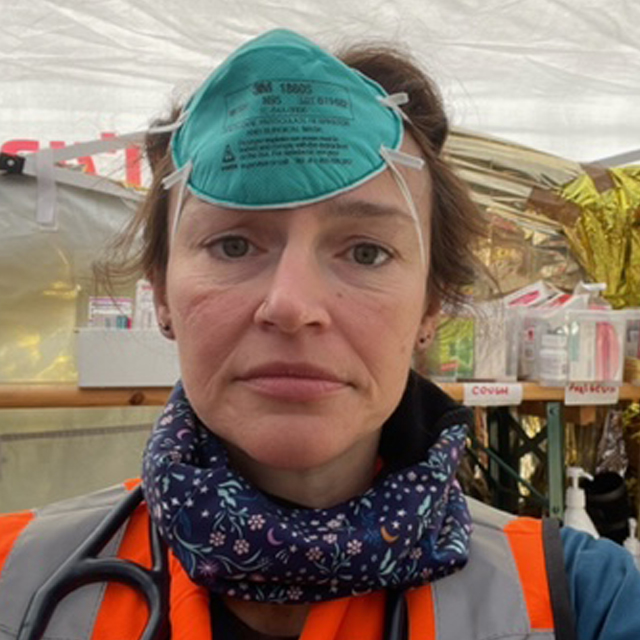Treating patients with severe brain and spinal cord emergencies and injuries involves making life-and-death decisions in the spur of the moment.
Panayiotis Varelas, who was recently named president of the Neurocritical Care Society (NCS), understands the stakes — and wants to equip critical care teams with the knowledge and skill sets to deliver the best possible care in these times of crisis.
Currently, the Neurology Department chair at Albany Medical College, Varelas (neuro-critical care fellow, 1998–2000), has been involved with the society since its founding two decades ago. He is the fifth president to have completed a neurological intensive care fellowship at Johns Hopkins, a program he considers instrumental in his career, he says, “and well ahead of its time.”
As president, Varelas will continue to increase participation in NCS, which started with roughly 150 members and now has more than 2,800 from around the world. “Our multidisciplinary approach is what makes NCS unique,” Varelas says. “While approximately half of our members are adult and pediatric physicians, the other half are nurses, advanced practice providers, pharmacists, students, residents and fellows. All play a vital role in neuro-intensive care.”
Varelas credits his Johns Hopkins fellowship with imparting the value of a team approach. “I’ll never forget, as a fellow in 1998, the incredible insight provided by a nurse presenting a patient during rounds. That made a lasting impression on me,” he says.
With NCS, Varelas will also advance the society’s largest global health initiative, Curing Coma, which raises awareness about coma as a reversible, treatable condition. “Around the world, everyone interprets coma as something extremely bad,” Varelas says. “We know now, however, that coma is a syndrome, not a disease. Some people wake up and do very well — the condition depends on the etiology.”
Part of NCS’ mission with Curing Coma is to identify gaps in coma treatment among care teams worldwide, then provide training and education to fill in. “Enormous differences exist in how patients with coma are managed around the world, particularly in developing countries,” says Varelas.
Yet advances in research and technologies like functional magnetic resonance imaging (fMRI) reveal that some patients in unresponsive states “can even exhibit the same brain activity as a healthy person, despite outward appearances,” Varelas explains. “That’s what makes education critical — and truly about saving lives.”



